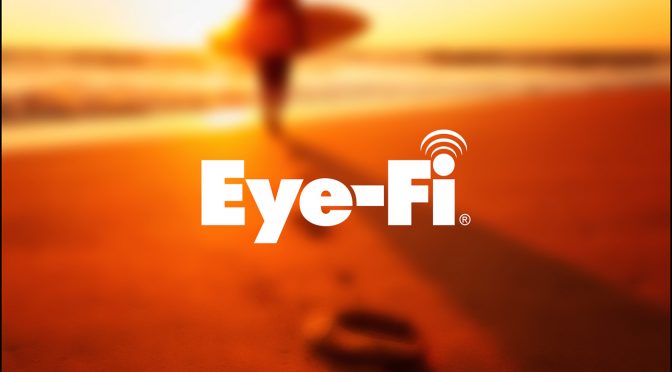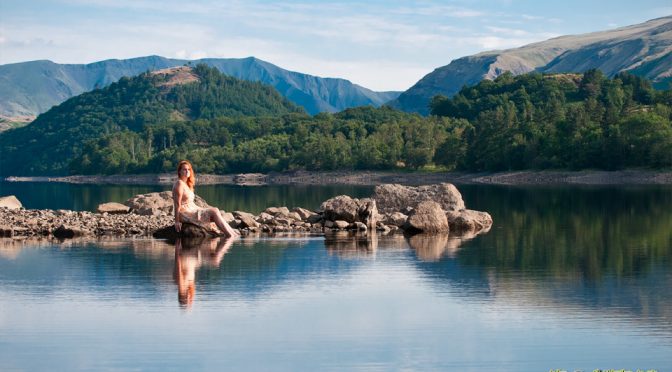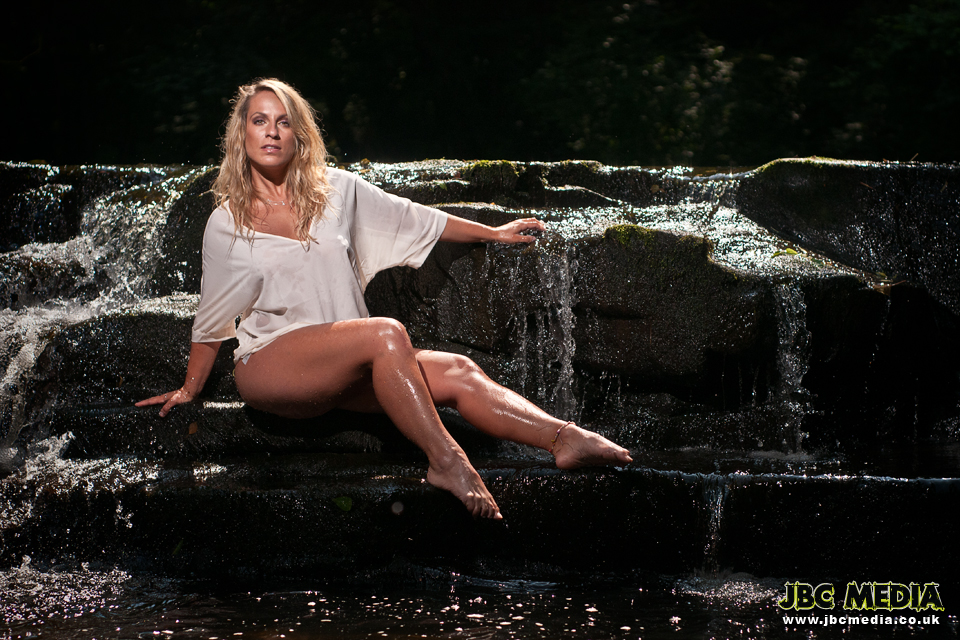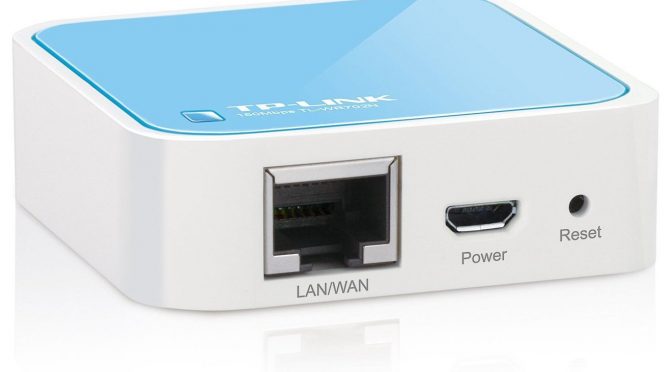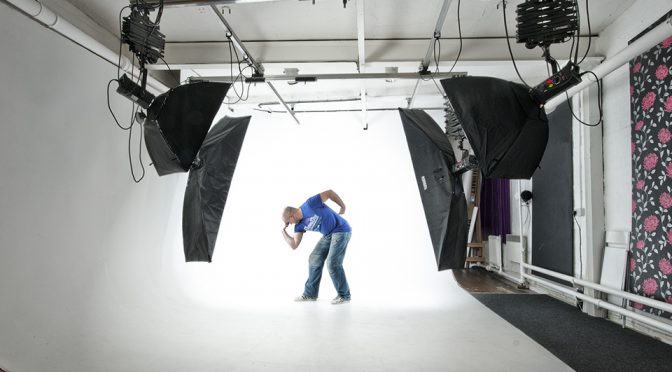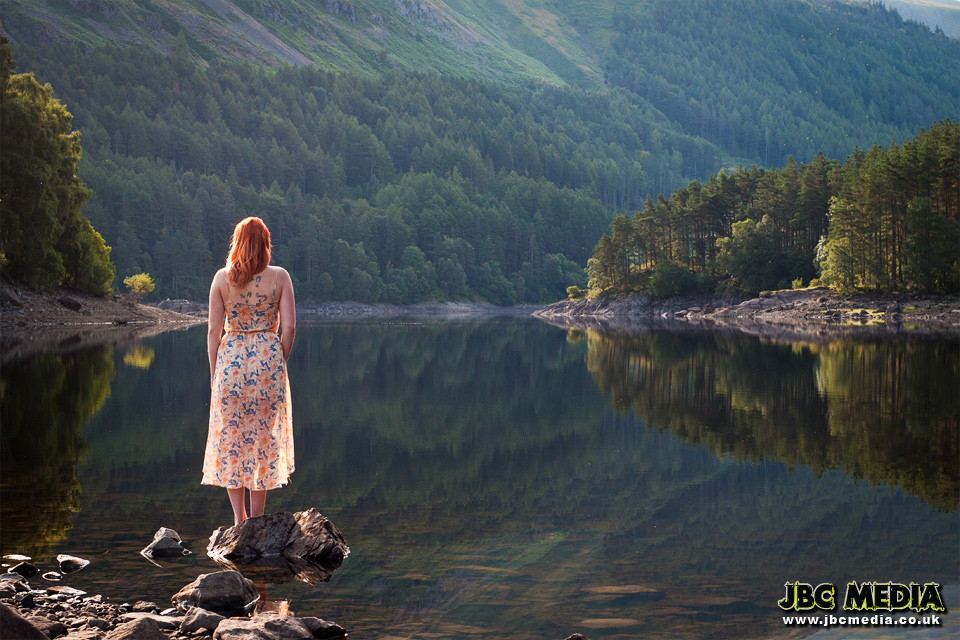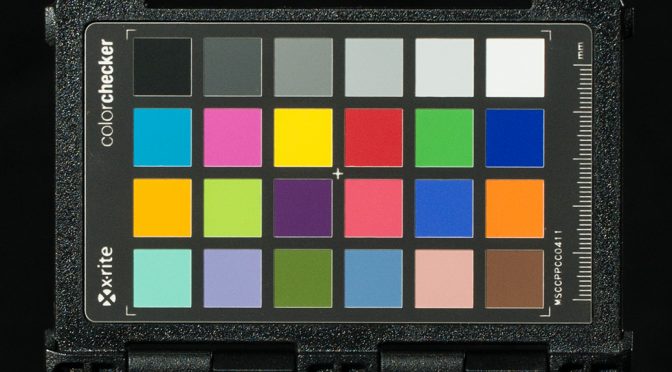I’ve talked about some of the pros & cons of the Eye-Fi card before, but on location these days, it’s something I find difficult to live without.
It’s a luxury, not a necessity, but it does allow me to speed up productivity and waste less time on a location shoot wondering whether the image I just shot is adequately sharp, if I’ve hit the correct point of focus (the camera LCD is just too unreliable – especially when you need to manually focus), or just to see the overall composition on a larger screen.
